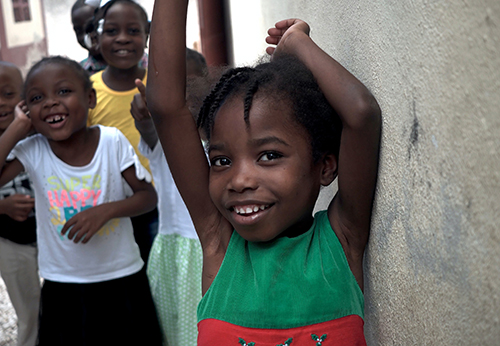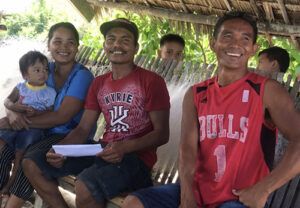Good news
The good news is that over the last ten years 1.2 billion people have gotten access to financial services. Financial inclusion, the provision of financial services to the poor, allows the poor to escape poverty with dignity by starting or expanding a business.
Yet, even with this decade of success, the demand for capital can not yet be met by the existing banking system. This is where microfinance organizations such as Wisconsin Microfinance can make a huge difference.

 Group lending (solidarity groups)
Group lending (solidarity groups)